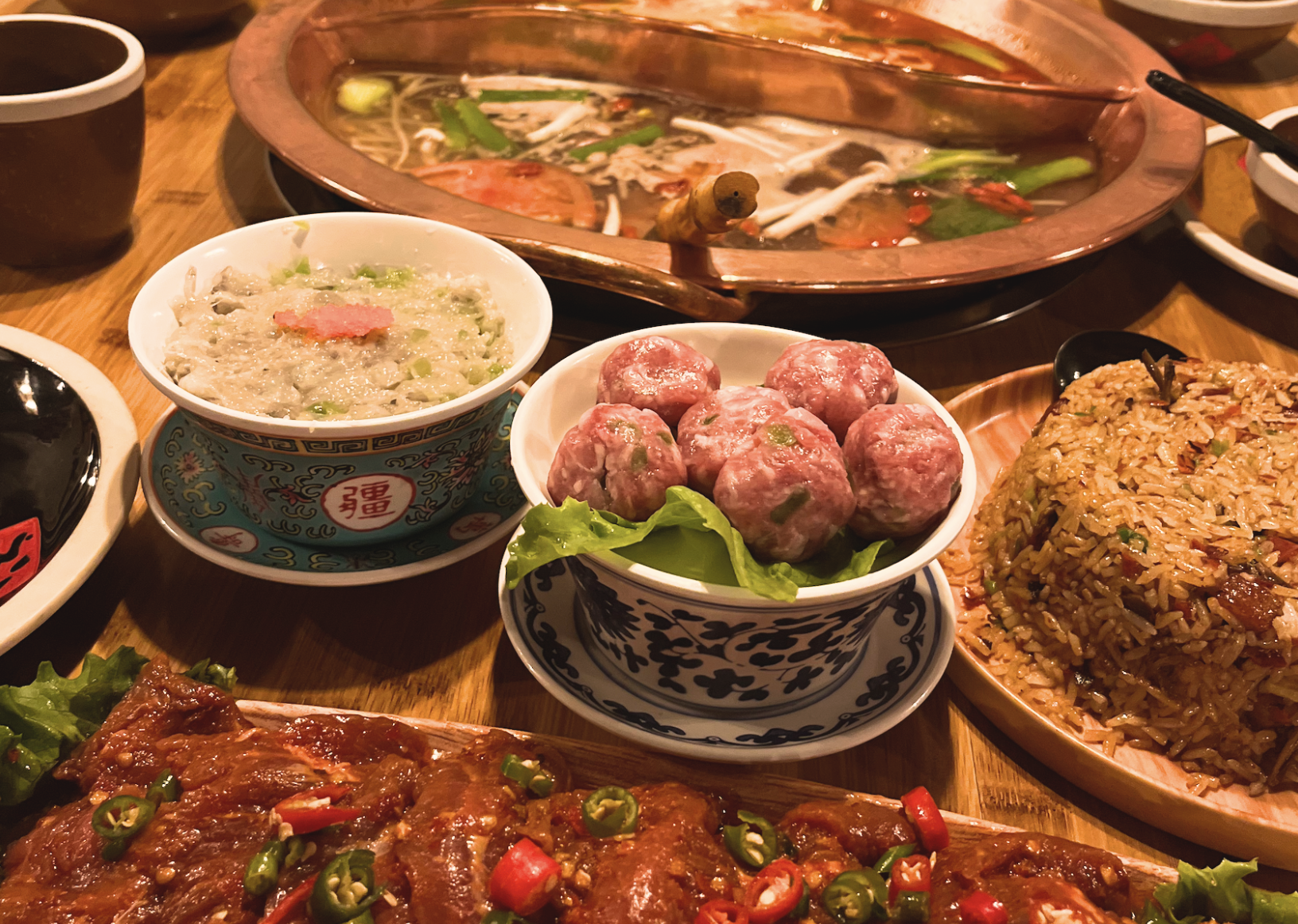According to China’s Ministry of Culture and Tourism, 119 million people made domestic trips over the recent Qingming Festival holiday. This figure not only represents an 11.5% increase compared to 2019, but also highlights a subtle shift in tourist preferences towards lesser-known destinations.
Previously overshadowed by first-tier mega-cities, second-tier cities now boast infrastructure to rival them. Investment in cross-provincial transportation, online promotion, and renovations at key tourist sites have helped form a solid foundation for visitor growth.

In Henan province, Kaifeng stands out as a prime example of a city benefiting from promotion on online short video platforms. A live matchmaking event called “Wang Po Matchmaking” earned more than 6.54 billion views on Douyin in March. A month later, Kaifeng’s well-connected high speed rail system helped translate this online audience into offline consumption: data from C-trip indicates that tourists from the nearby city of Zhengzhou, only 20 minutes away by train, made hotel bookings in Kaifeng grow 5.17-fold over the holiday.
“Wang Po Matchmaking” takes its name from a character in the classic Chinese novel Water Margin, set during the Northern Song Dynasty. Her namesake matchmaking performance revives Song dynasty folk culture, providing an example of how traditional cultural practices have played a significant role in attracting tourists to new destinations.
Further south, in Jiangsu province, another piece of intangible cultural heritage is making waves: lacquer fan making. In the city of Yangzhou, the newly opened China Grand Canal Museum has captured the public’s attention with its ground-floor experience hall. Visitors eagerly queue up to craft lacquer fans in giant barrels filled with specially made oil ink and water. Each fan, a unique testament to traditional craftsmanship, has the potential to garner thousands of likes on social media platforms such as Xiaohongshu.

While the growth in visitor numbers during the Qingming Festival signals a positive step towards economic recovery post-COVID-19, questions linger about the sustainability of this trend and its impact on other sectors. Additionally, the influx of tourists raises broader questions about the preservation of traditional festival customs and the management of crowds at popular tourist attractions. A trending discussion on Weibo, titled “Every tourist attraction seems to be packed with 100 million people” (#全国景区都像有1亿人#), has struck a chord with Chinese netizens, gaining an astonishing 50.14 million views.
And who cleans the tomb when everyone else goes on a trip? (A common English translation for Qingming Festival is Tomb-sweeping Day, as the festival traditionally includes visiting and cleaning ancestral tombs.) As Chinese citizens continue to embrace travel opportunities during limited vacation periods, the challenge remains to strike a balance between promoting tourism and preserving cultural heritage for future generations. Only time will tell how these evolving dynamics shape China’s cultural and economic landscape.
Banner Image via VCG.















